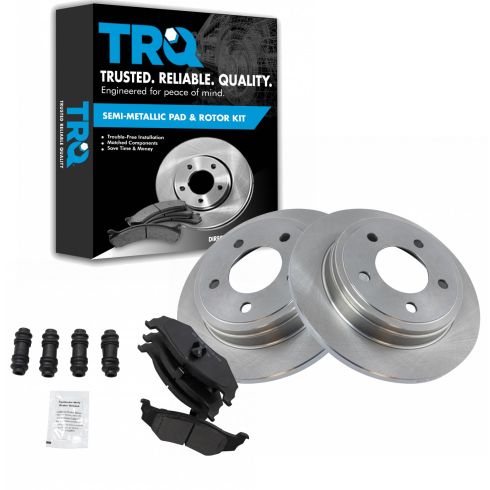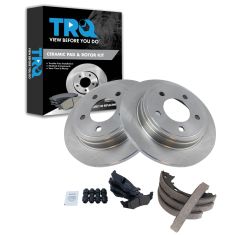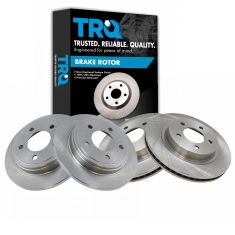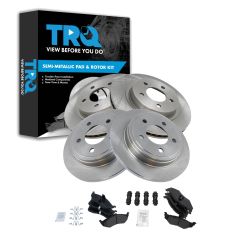1ABFS02067-Dodge Chrysler Eagle Rear Semi-Metallic Brake Pad & Rotor Kit TRQ BKA11487

Replaces
2000 Chrysler LHS Rear Semi-Metallic Brake Pad & Rotor Kit TRQ BKA11487

Product Reviews
Loading reviews
5.00/ 5.0
2
2 reviews
Good quality!!
December 17, 2019
I purchase all my brake supplies from 1A auto. They are good quality at an affordable rate. Car handles and stops better then if it were a new car.
brake kit and rotors 2001 chrysler lhs
May 3, 2021
I am a frequent repeat purchaser from 1AAuto. I always get fast shipping, quality parts and superior service.
I like the video's even though it is hard to find ones specific to the LHS. It seems most places have the Chrysler 300M if anything at all. Those are close but still there are differences.
Customer Q&A
No questions have been asked about this item.
Chrysler is a registered trademark of FCA US LLC. 1A Auto is not affiliated with or sponsored by Chrysler or FCA US LLC.
See all trademarks.














